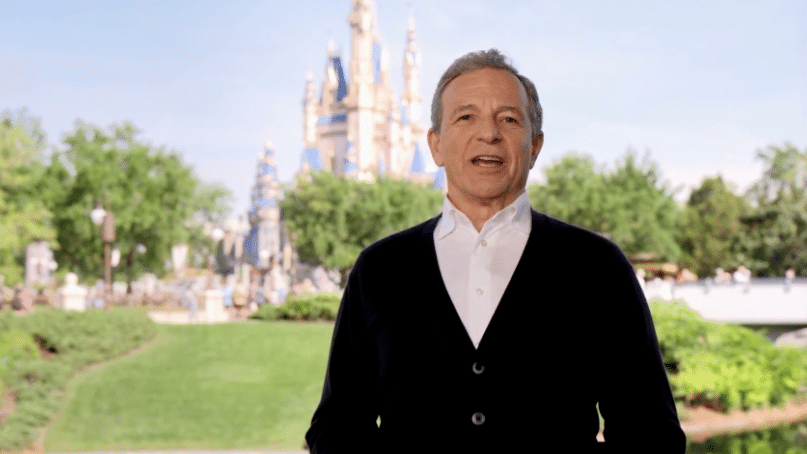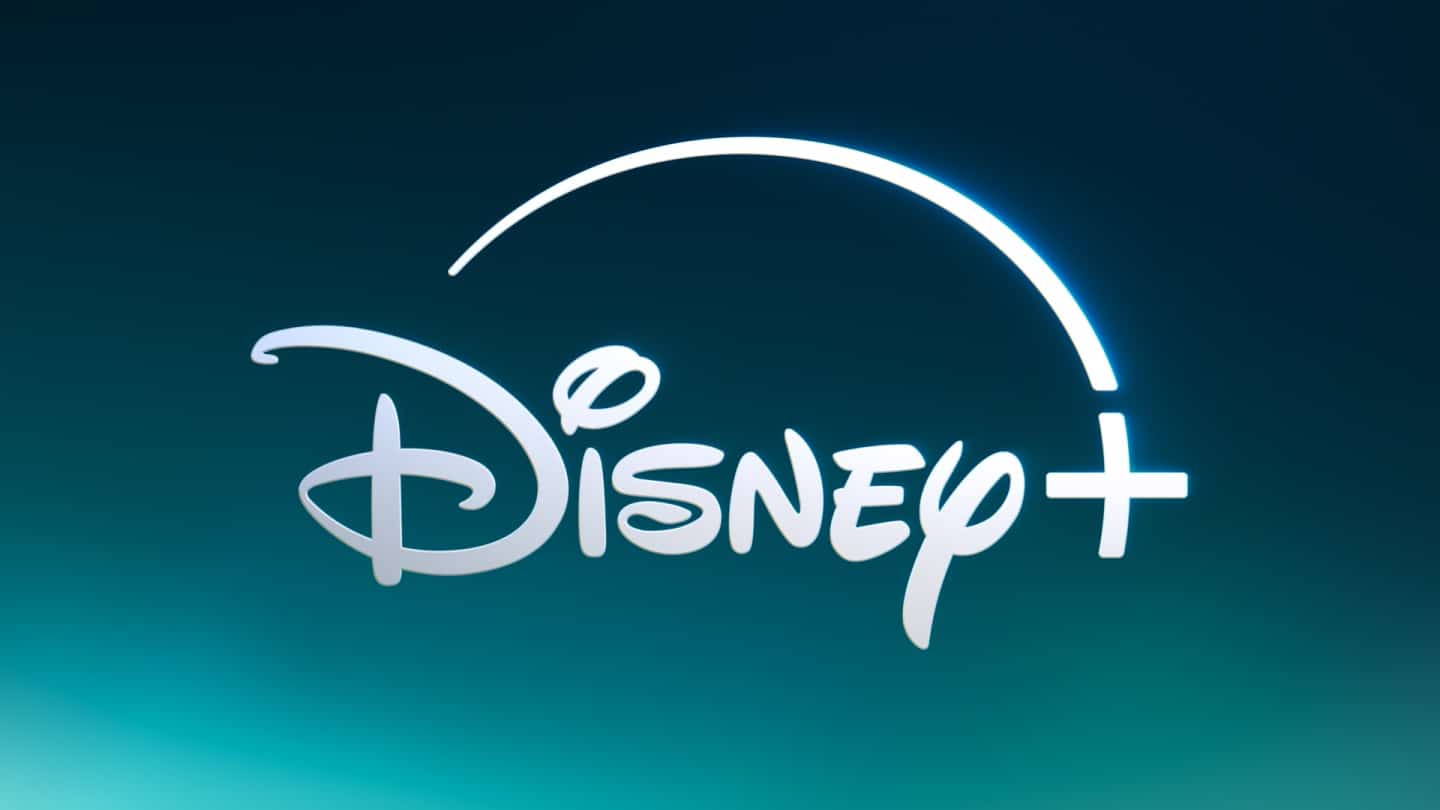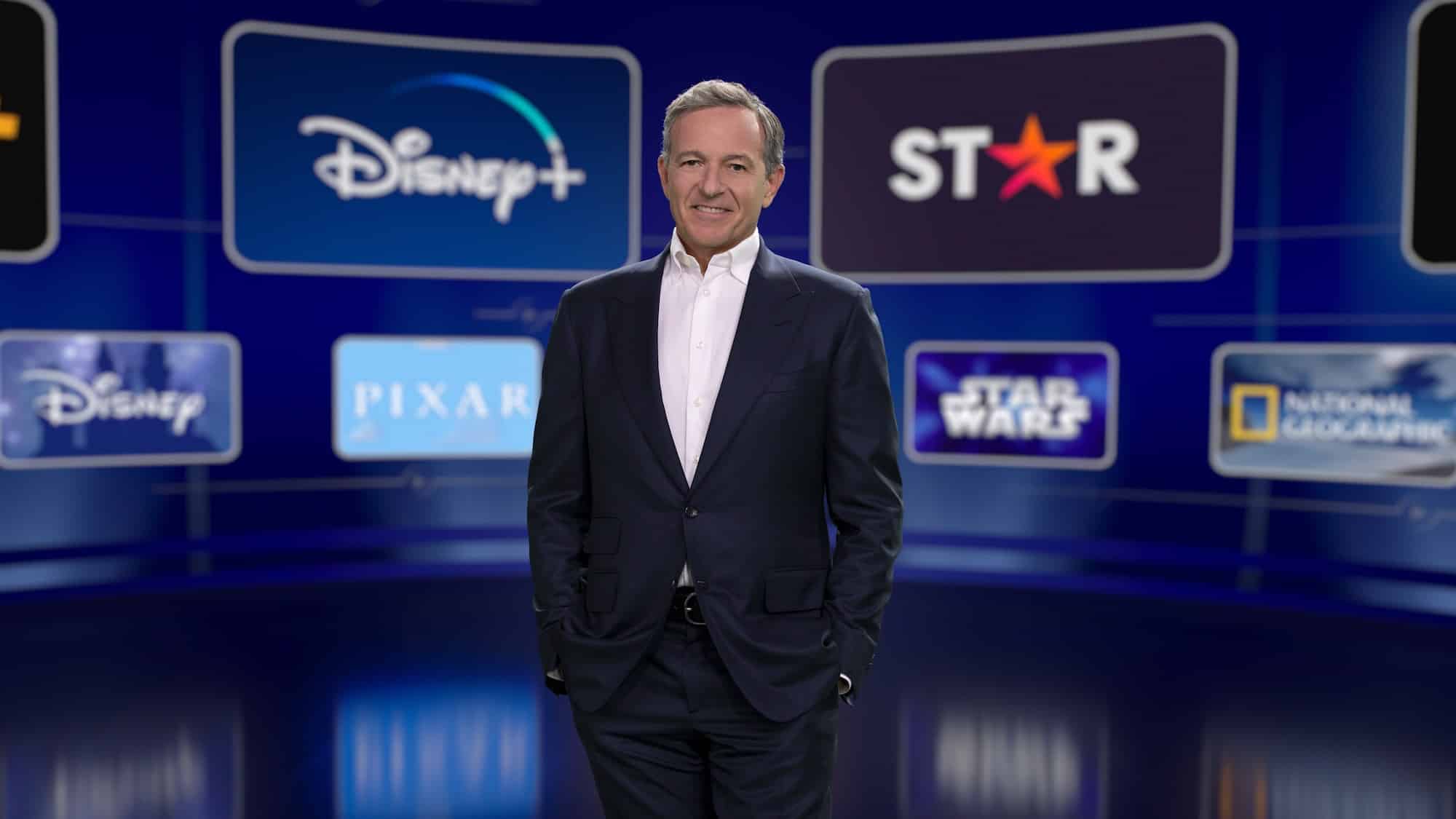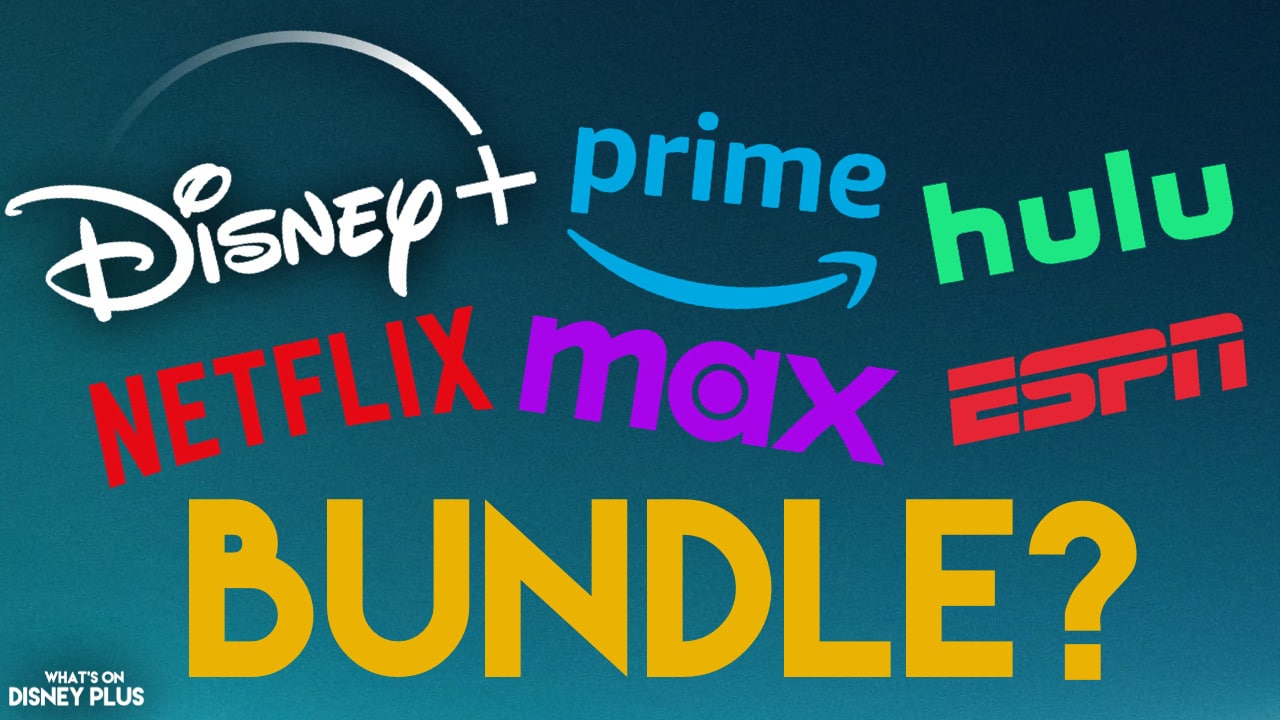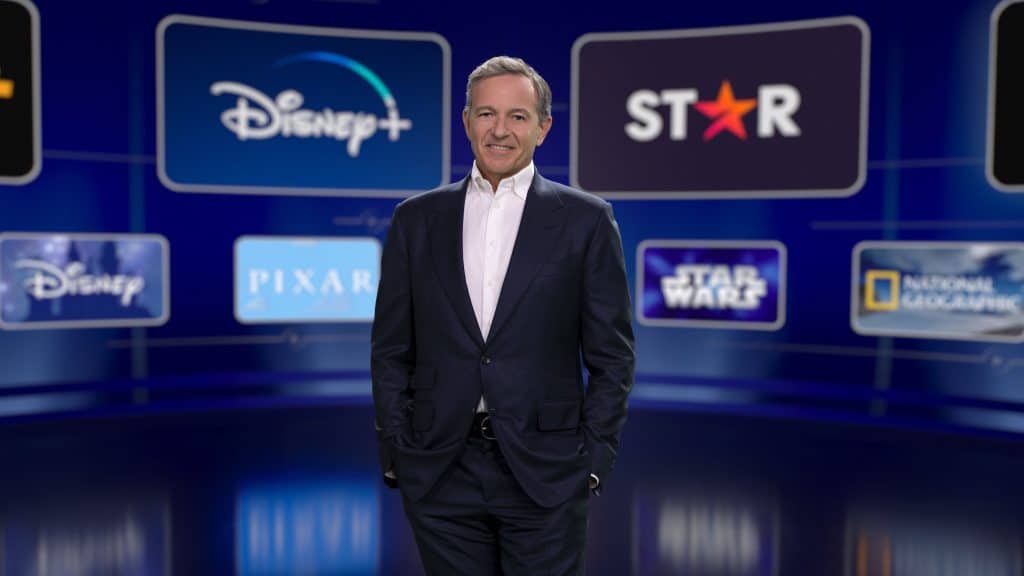
Disney CEO Talks Investing Too Much In Streaming Originals + Reducing Linear Programming
Ever since Bob Iger returned as the CEO of the Walt Disney Company, he quickly started a full investigation into the company and started making major changes, one of which was to drastically reduce the amount of content being created by all of its studios.
Disney’s spending on new shows and films for theatrical, linear and streaming was basically out of control as the company had gone all in on trying to feed its streaming services with new content to chase subscribers and to compete with Netflix. But that spending was causing major issues for Disney and recently, during an Q&A with Michael Nathanson, Bob Iger explained the problem they’ve been having:
I think as we got into the streaming business in a very, very aggressive way, we tried to tell too many stories.
Basically, we invested too much way ahead of possible returns. It’s what led to streaming ending up as a $4 billion loss, for instance. And the combination of spending more than was truly monetizable, but also spending more that resulted in volume and not quality was turned out to be a mistake.
You need a certain amount of volume, and we’ll get into that as we talk about a path to true growth in streaming for engagement, but there’s a very fine line that you can cross and get in trouble if your volume ends up diluting management’s attention to what is being made. And that’s where we — that’s what happened to us. So, I’ve pulled that back in a variety of ways.
One of the big problems with the push to create more content for Disney+ and Hulu was the creative side wasn’t able to keep up with the demand and audiences started to notice the new shows and movies, just sadly weren’t as good as they used to be. Which Bob Iger noted and said during the Q&A:
Lately, I’ve been telling everybody, good isn’t good enough. It has to be great. Just keep driving that. But if you force them to make too much, then that becomes almost impossible to do. So, there’s that dynamic.
Only last year, Bob Iger spoke openly about the future of linear television, which is no longer going to be a core business, sparking talks of selling some channels. Disney also removed many channels like Freeform from its offerings to cable companies like Spectrum. Bob was asked about the change in linear, to which he said:
Ultimately, we concluded that — and I know I mentioned the word portfolio, where it’s not going to be a growth business, but it could become an important component to our ability to basically engage with the consumer. And so what has gone on, and this is where I give Dana Walden tremendous credit, she’s managing the traditional networks and Jimmy Pitaro, Sports, is basically to reduce pretty dramatically our investment in content specifically aimed at those traditional networks, invest in some, but then manage the traditional platforms, networks, and the streaming platform seamlessly.
So, you’ve got the same executives managing both. And their goal is to drive basically bottom-line growth success. And so we put something on ABC, Grey’s Anatomy, Abbot Elementary. It goes on Hulu pretty quickly. In some cases, there’s some simultaneous. And what we’re getting is we’re an unduplicated audience, so ABC is — if you look at the demos, older and a different audience than Hulu. And we — so we’re basically aggregating greater audience and we’re amortizing costs and we’re using the marketing of the traditional network really to help, in some cases, even though there’s not much duplicated audience. And so we’re doing that across the board, Disney Channel, ABC, National Geographic, and it’s working.
Now, that we’re going to continue to see erosion in terms of subs for those businesses, but we’re going to actually continue to drive profitability because we’re managing our costs so effectively.
Roger’s POV: It wasn’t hard to notice that with Disney creating so much original programming for its linear channels and streaming services, it was spreading itself too thin. Internationally, you could really see this build-up on a weekly release schedule sometimes offering over a dozen+ original new shows a week, which was unstainable.
Also, Disney’s linear channels are already making fantastic shows, like “Grey’s Anatomy” and “9-1-1”, but instead, Disney was spending a fortune trying to reinvent the wheel. It’s very noticeable this year that, especially here in the UK, Disney+ is promoting the popular heavy hitters that people already know rather than trying to push new originals, which just haven’t been connecting with audiences. It does make more sense for Disney to take successful shows from linear and streaming, offering them to both customers, rather than creating twice as much content.
Do you think Bob Iger is right to cut back on programming? Let us know on social media!

